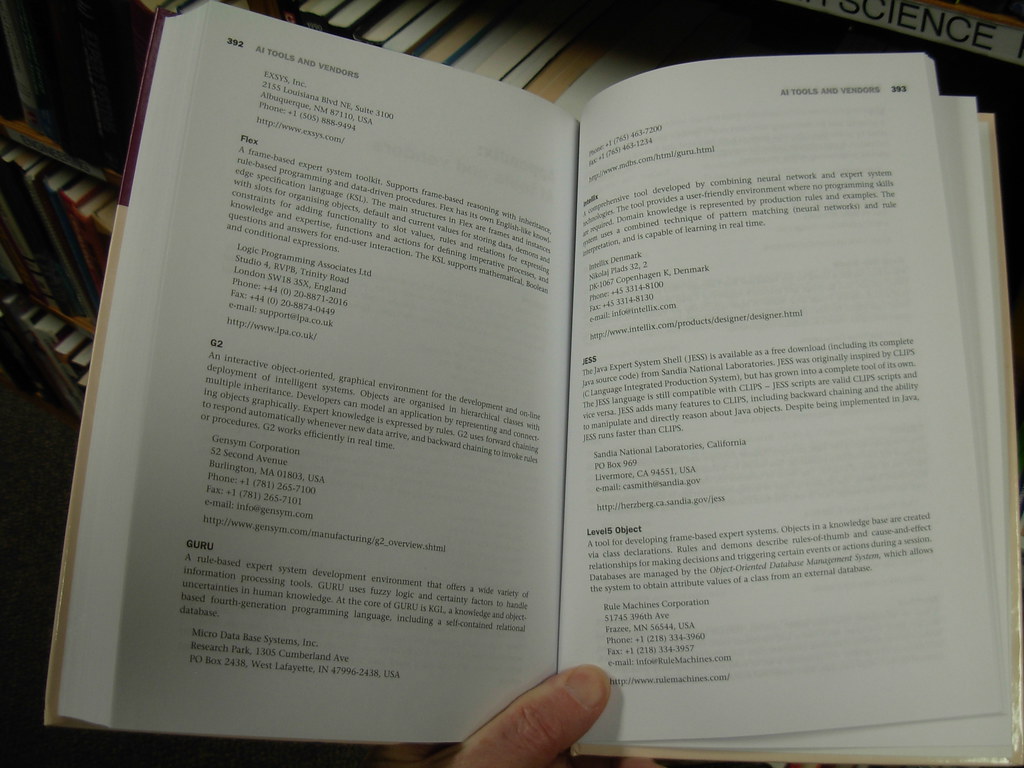When it comes to music production, the recording process is only half the battle. The other half lies in post-production techniques that can elevate your sound to new heights. Whether you’re a seasoned producer or just starting out, there are numerous techniques and tools available to help you achieve a polished and professional sound. In this blog post, we’ll explore some of the top post-production techniques used in music today and how you can maximize your sound with them. Get ready to take your music to the next level!
Table of Contents

Understanding Post Production: A Beginner’s Guide for Music Producers.
Post production in music refers to the process of editing and enhancing a recording after it has been made. It involves manipulating and improving the sound quality of the recorded tracks to achieve a polished final product. For music producers, post production is an essential step in elevating the overall sound quality of their mixes.
The first step in post production is to import the recorded tracks into a digital audio workstation (DAW) for editing. This involves cutting, splicing, and rearranging different parts of the recording to create a cohesive arrangement. Next, audio post processing techniques such as equalization, compression, and reverb are applied to individual tracks to enhance their tonal balance and dynamic range.
Post production also involves adding effects such as delay, chorus, or distortion to create a unique sonic character for the mix. Once all the tracks have been edited and processed, they are mixed together to create a stereo or surround sound mix. Finally, mastering is performed to ensure that the final mix is balanced and optimized for playback on different systems.
In summary, post production is an essential step in creating professional-sounding music recordings. By using advanced editing tools and techniques, producers can achieve clarity, depth, and definition in their mixes while avoiding common mistakes that can compromise their sound quality.

The Role of Post Production in Elevating Your Sound Quality.
Post production is a crucial process in music production that takes place after the recording and mixing stages. It involves enhancing the overall sound quality of a track through various techniques such as editing, equalization, compression, and mastering. The main goal of post-production is to achieve a polished and professional sound that meets industry standards.
One of the key roles of post-production is to elevate the sound quality of a track by addressing any issues that may have been missed during recording or mixing. This includes removing unwanted noise, adjusting levels, and improving clarity and definition. Post-production also allows for creative effects to be added to a track, such as reverb or delay, which can enhance the overall atmosphere and mood of the music.
Overall, post-production is an essential step in creating high-quality music that stands out in today’s competitive industry. By utilizing various tools and techniques during this process, producers can achieve a polished and professional sound that will captivate listeners and leave a lasting impression.

Essential Tools and Techniques Used in Audio Post Processing for Music.
Post-production is often an intricate process requiring special tools to achieve high-quality sound output. Audio editing software programs are a crucial aspect of post-production as they allow music producers to manipulate, clean up, and enhance recorded tracks.
One of the most widely used audio editing tools is EQ (equalization). It helps balance out frequencies in recordings making them sound more polished; especially when cleaning up problem areas such as excessive bass or treble. Compression is another essential technique which can reduce volume spikes while raising levels that are too low.
Other common post-processing techniques include reverb and delay effects which add depth and dimensionality to sounds by simulating different acoustic environments such as a concert hall or an intimate club.
Professional mix engineers also use additional tools like de-essers, limiters, exciters, and multi-band compressors to fine-tune their mixes further. Using these key phrases correctly in your music production can help you create a harmony between all instruments with precision ensuring clarity upon completion of tracks.

Achieving Clarity, Depth, and Definition in Music Through Post Production Editing.
When it comes to post-production editing in music, achieving clarity, depth, and definition is crucial to a great-sounding final mix. The first step is EQ (equalization): using software or hardware tools to adjust the levels of different frequencies in each track. This helps create space for each instrument and vocal within the overall mix. Additionally, carefully adjusting individual tracks’ panning can help separate them spatially.
Compression reduces dynamic range by bringing up quieter parts of a track and keeping louder ones in check. After that comes reverb and delay effects: used subtly, these can add depth and dimension while helping instruments blend together naturally.
Finally, don’t underestimate the power of automation. Use it to make subtle volume adjustments over time for vocals or intricate instrument lines; this will keep things interesting while improving listening engagement from your audience!
Common Mistakes to Avoid While Performing Post-Production on Your Mixes.
Common Mistakes to Avoid While Performing Post-Production on Your Mixes**
Post-production is a crucial step in the music production process, but it’s important to avoid common mistakes that can ruin your mix. One of the most common mistakes is over-processing your tracks, which can lead to a loss of clarity and definition. Another mistake is not properly balancing your levels, which can result in an unbalanced mix with certain elements overpowering others.
It’s also important to avoid using too many effects or plugins, as this can lead to a cluttered and muddy sound. Instead, focus on using a few high-quality plugins that enhance the overall sound of your mix.
Another mistake to avoid is neglecting the importance of EQ and compression. These tools are essential for achieving a balanced and polished sound, so make sure you’re using them correctly.
Lastly, don’t forget to take breaks while working on your mix. Listening to the same track for hours on end can lead to ear fatigue and make it difficult to make objective decisions about your mix. Take breaks and come back with fresh ears to ensure you’re making the best decisions for your music.

Tips for a Flawless Audio Mastering after Completing the Mixing Process
Understanding the Importance of Audio Mastering in Music Production
Audio mastering is a crucial step that involves preparing and optimizing your final mix for distribution. It’s where you polish your tracks to achieve maximum sound quality, consistency, and cohesiveness throughout an album or single release. The mastering engineer uses specialized software and hardware tools to tweak EQ, dynamics, stereo width, volume levels, and other attributes of the music. The goal is to create an optimal balance between all these elements while making sure the audio translates well across different playback systems – from home stereos to headphones and car speakers. Without proper mastering, even a well-produced track can sound amateurish or lacking impact on various platforms.
How to Prepare Your Track for a Flawless Audio Mastering Process
To prepare your track for a flawless audio mastering process, it’s important to make sure that the mix is properly balanced and free from any issues such as clipping or distortion. Dynamic range is also an essential factor to consider during this stage. Ensure that the quiet parts of the mix are not too low in volume while loud sections don’t clip or distort.
Another crucial step is to leave adequate headroom in your mix before exporting it for mastering. Headroom refers to the space between your loudest peaks and 0 dBFS (decibels relative to full scale). Leaving enough room ensures that there’s no distortion during mastering, giving you more control over levels and dynamics processing.
Overall, taking time to properly prepare your track helps ensure optimal effectiveness of post-production techniques used during audio mastering phase.
Top Techniques for Achieving a Professional Sound in Post-Production
To achieve a professional sound in post-production, proper EQ and compression are essential. Use EQ to balance the frequencies of your mix and ensure that each instrument has its own space in the frequency spectrum. Compression helps to even out the levels of your mix and add sustain to instruments. Additionally, limiting can be used to increase the overall loudness of your mix without clipping. It’s important to use these tools subtly and not overdo it, as too much processing can lead to a loss of dynamics and a flat sound. Remember to always reference your mix on different speakers and in different environments to ensure it translates well across all platforms.
Common Mistakes to Avoid When Mastering Your Music Tracks
When mastering your music tracks, it’s important to avoid over-compression and over-limiting. These two common mistakes can result in a loss of dynamics and a lack of depth in your final mix. It’s also important to avoid over-EQing, which can lead to a harsh or unnatural sound. Another mistake to avoid is not leaving enough headroom for the mastering engineer to work with. This can limit their ability to make significant improvements to the overall sound quality. Finally, make sure to listen to your mix on multiple playback systems to ensure that it translates well across different devices and environments.

Incorporating Creative Effects Using Advanced Post-Production Methods.
Incorporating creative effects can take your music to the next level during post-production. One technique is using delay effects to create a sense of space and depth in your mix. Experiment with different delay times and feedback settings to achieve the desired effect. Another popular effect is reverb, which can add a sense of realism and naturalness to your recordings. However, be careful not to overdo it as too much reverb can make your mix sound muddy and indistinct.
You can also use EQ (equalization) to shape the tone of individual tracks in your mix. This allows you to boost or cut specific frequencies, such as boosting the bass on a kick drum or cutting out harsh high frequencies on a vocal track. Compression is another powerful tool that can help even out the dynamics of your mix and make it sound more polished.
Lastly, don’t be afraid to experiment with more advanced techniques such as sidechain compression or parallel processing. These methods can help you achieve unique sounds that stand out from the crowd. Remember, post-production is all about maximizing your sound quality and creativity, so don’t be afraid to try new things!
Maximizing Your Sound: How Professional Studios Use High-Quality Gear During and After Recording
When it comes to maximizing your sound, using high-quality gear during and after recording is crucial. Professional studios often invest in top-of-the-line equipment and software for post-production processes like mixing and mastering. This can include top-notch studio monitors, quality microphones, preamps, equalizers, compressors, reverbs, and more.
Moreover,trained professionals who have experience working with professional-grade tools are essential to a successful post-production process. A skilled audio engineer or producer can manipulate the sound recordings using advanced techniques such as surgical EQ-ing or multiband compression that help fine-tune each element of your mix.
Remember that quality doesn’t always come cheap but investing in proper gear can elevate the production value of any song. By using advanced processing tools alongside industry-standard hardware and software solutions for editing audio tracks you could create music productions on par with professional-level records.
In conclusion, post production is an essential part of the music making process that can take your tracks from good to great. By employing various techniques and tools such as EQ, compression, reverb and more during the mixing and mastering stages, you can achieve a polished final product that stands out in today’s crowded industry. Remember to avoid common pitfalls like over-processing or neglecting critical elements in the mix, and don’t be afraid to experiment with creative effects for added interest. For top-notch results, consider investing in high-quality gear both during recording sessions and after they wrap up.
We hope this guide has provided valuable insights into maximizing your sound quality through advanced post-production techniques. If you enjoyed reading this article, make sure to check out our other content on music production tips and tricks!
FAQs
Q.What is post production in music?
A.Post production is the process of enhancing and finalizing a recorded song.
Q.Who handles post production in music?
A.A post production team consisting of audio engineers and producers.
Q.How does post production improve music quality?
A.By adjusting levels, adding effects, editing, and mastering.
Q.What is the objection to post production in music?
A.Some argue it takes away from the authenticity of the original recording.
Q.How does post production affect the overall sound?
A.It can make a big difference in the clarity, depth, and balance of the mix.
Q.Who benefits from post production in the music industry?
A.Musicians, producers, and listeners alike benefit from the improved sound.


